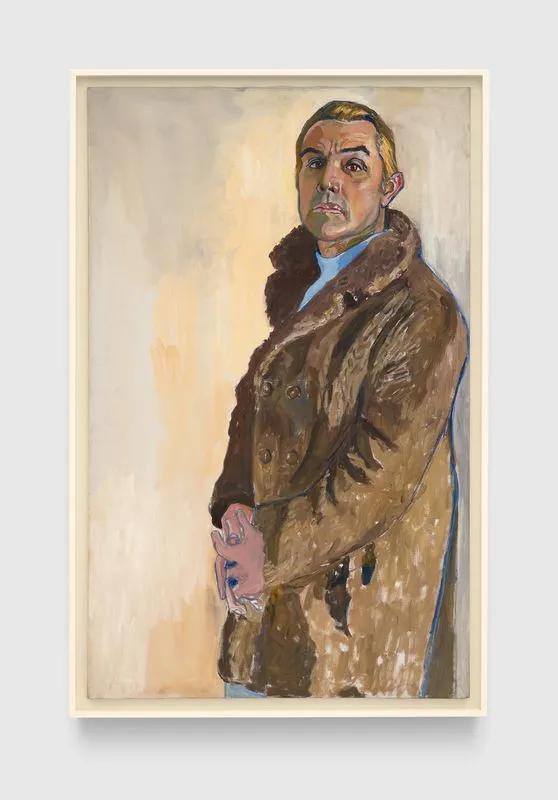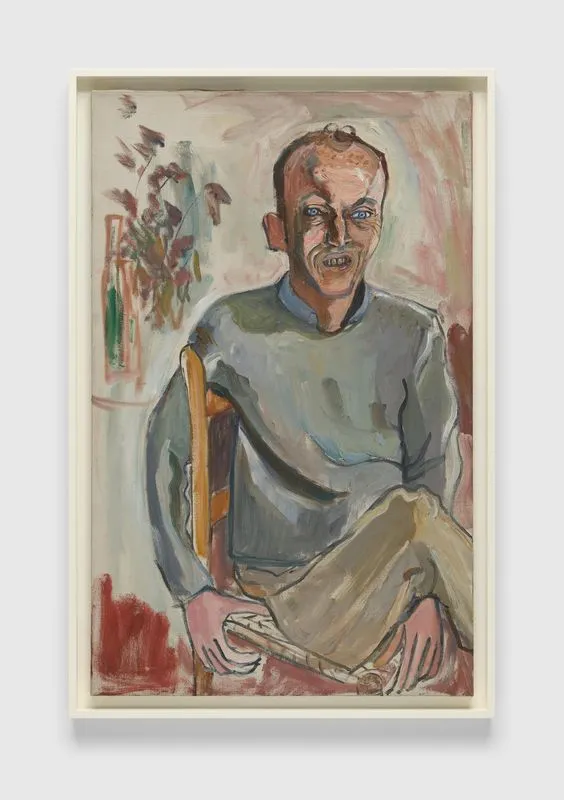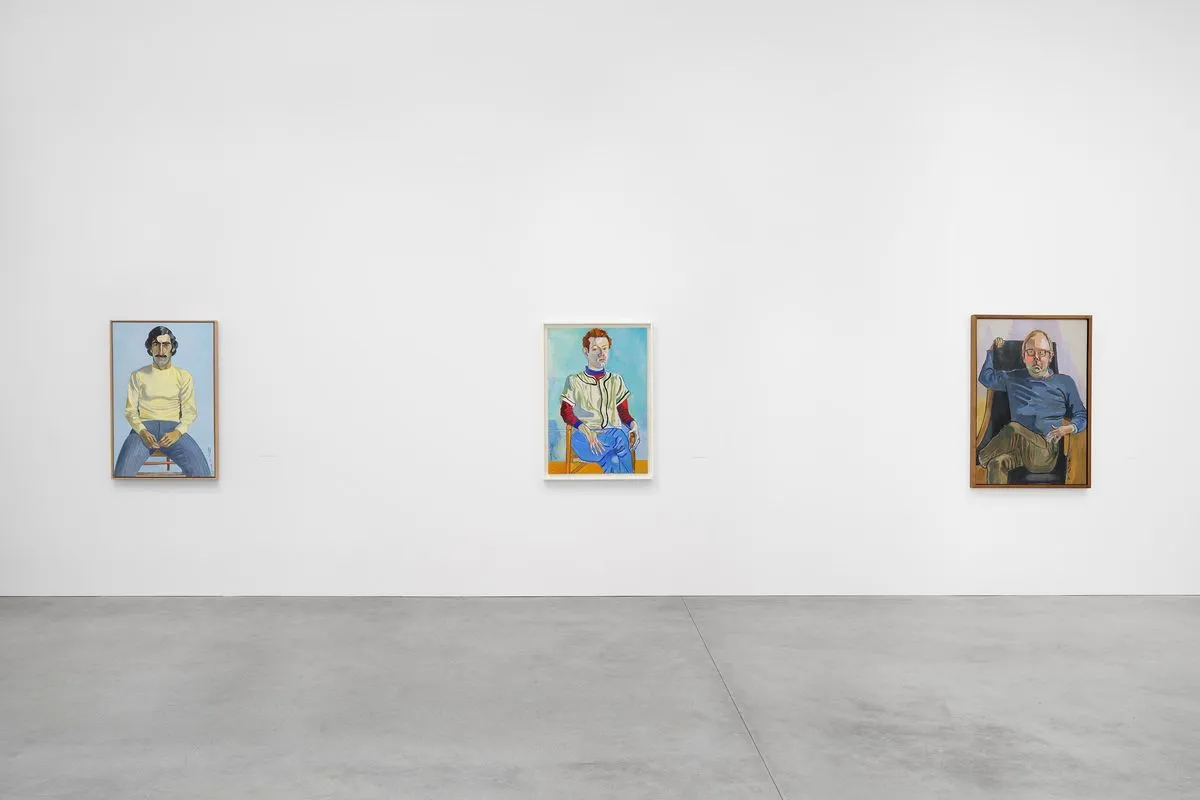 Installation view, At Home: Alice Neel in the Queer World, David Zwirner, Los Angeles, September 7—November 2, 2024. Photo by Elon Schoenholz. Courtesy David Zwirner
Installation view, At Home: Alice Neel in the Queer World, David Zwirner, Los Angeles, September 7—November 2, 2024. Photo by Elon Schoenholz. Courtesy David Zwirner Alice Neel’s portraits transcend mere representation, delving into the emotional depth and complexity of her subjects while revealing layers of identity that challenge societal norms. In an era where women artists were often pushed to the margins, Neel carved out space for herself, addressing themes that others might have avoided: the tension between public and private selves and the lived experiences of those outside conventional norms. For Neel, portraiture became a way to document not only individuals but also the emotional and social landscapes they inhabited.
At Home: Alice Neel in the Queer World, curated by Hilton Als at David Zwirner, builds on this legacy. The exhibition brings together Neel’s portraits of queer figures and their circles, offering a poignant exploration of identity, difference, and the shared humanity that binds her subjects. Als expands Neel’s humanist vision with a focus on the resilience of her subjects and their defiance of social expectations. He contends that Neel’s focus extended beyond identity to encompass the intricate emotional and psychological dimensions that shaped her subjects.
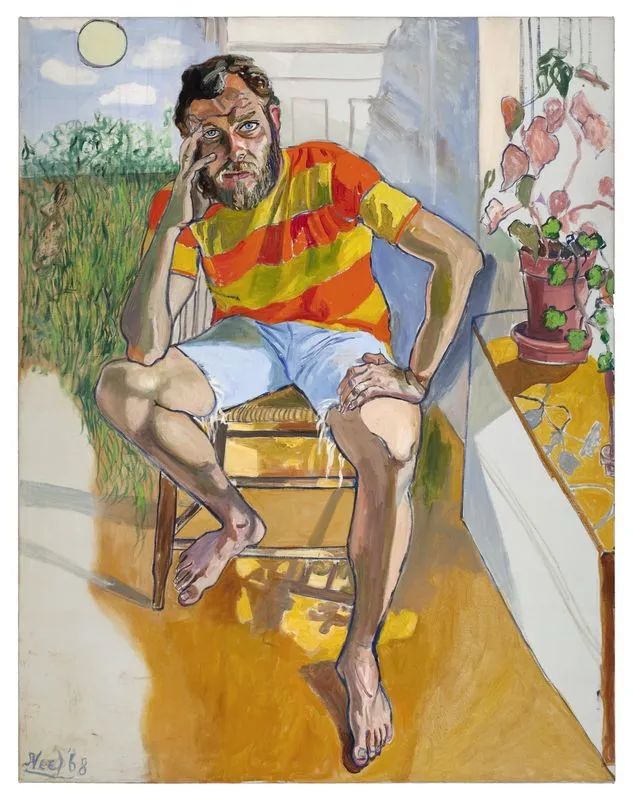
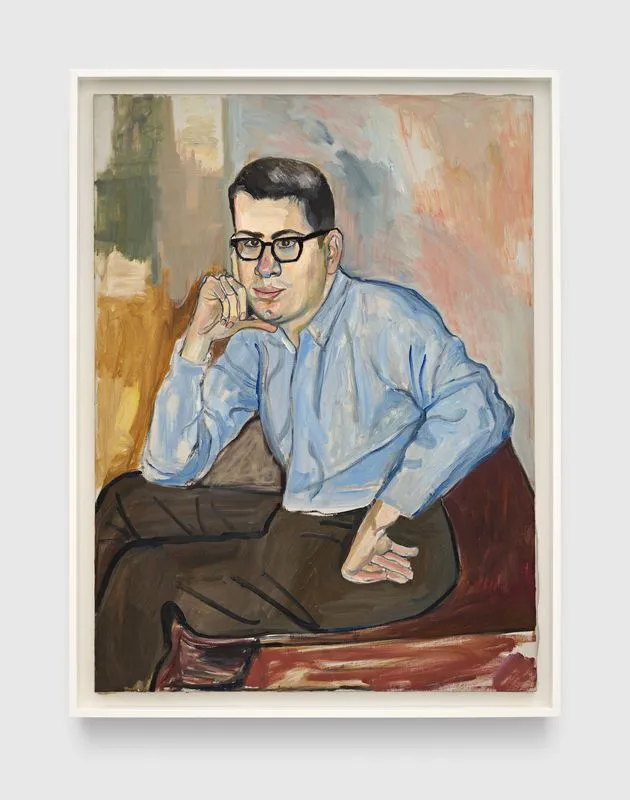
Throughout her career, Neel portrayed individuals in all their vulnerability and contradictions, solidifying her position as a pioneering voice in 20th-century art. Her brushwork revealed the raw, unfiltered essence of her subjects, exposing nuanced layers of identity that resisted simplistic categorization. Within this framework, Neel’s connection to queer communities becomes particularly significant, showcasing how her art not only depicted but embraced those whose existence challenged the status quo.
The exhibition places Neel in conversation with prominent figures from the queer cultural sphere—politicians, activists, and artists—such as Henry Geldzahler, Bella Abzug, and Frank O'Hara. These individuals represent both the glittering personalities of the art world and the quieter but equally radical figures Neel found intriguing. Her skill in portraying both well-known and marginalized figures reflects her expansive humanist vision. Neel's portraits are meditations on the complex interplay between self and society, highlighting how public personas are shaped by their contexts.
"As an artist, Neel gave so many people their name—the right to their name," explains Als. "So doing, she told us that no person is fixed; we have as many names as the lies we tell, the truths we live."
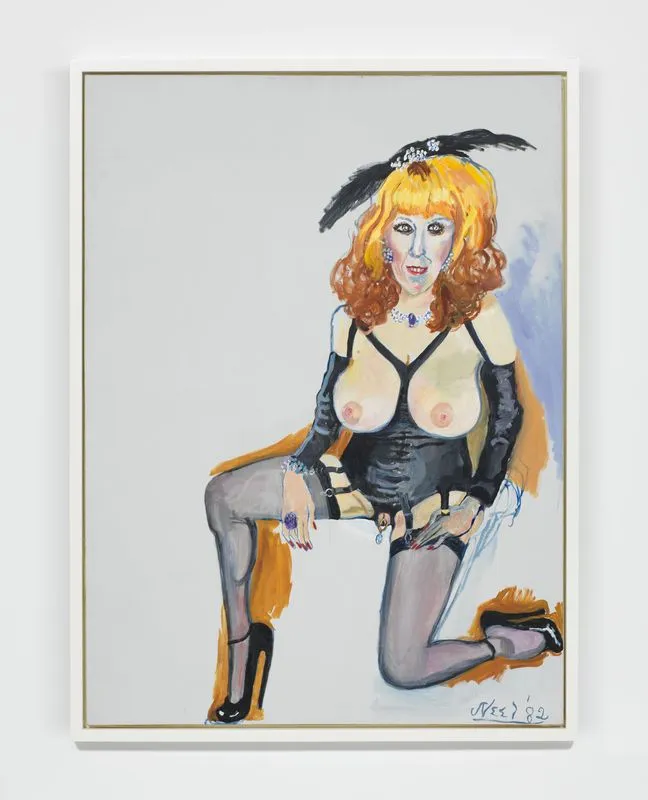
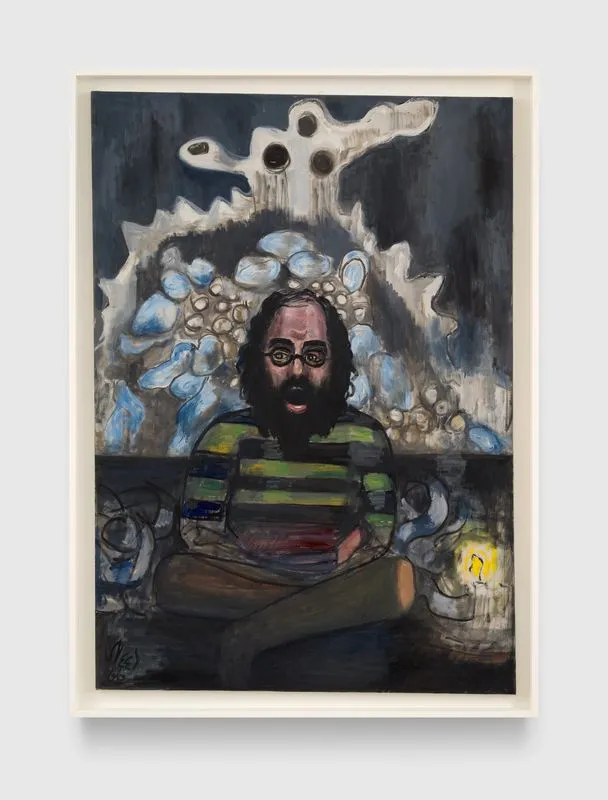
Neel's portrayals of figures like Henry Geldzahler—a central figure in New York's art world—offer a nuanced look at power, status, and queerness. In her 1967 portrait of Geldzahler, Neel captures him in a way that acknowledges and subverts his cultural authority. His relaxed posture, casual dress, and slight air of detachment suggest a man in transition, caught between his private self and public expectations. This painting hints at the tensions between personal identity and professional persona, underscoring Neel’s deep understanding of how class, sexuality, and politics intertwine.
In contrast, Neel's portrait of Annie Sprinkle (1982) stands out for its compositional simplicity, emphasizing the ecofeminist performance artist. The minimal background and use of negative space focus on Sprinkle's provocative presence, almost stripping the environment away to highlight her body and confidence. Clad in leather lingerie, Sprinkle’s pose conveys both vulnerability and strength, embodying the tensions within her identity as a queer performance artist and porn pioneer. This portrait encapsulates Neel's emotional depth and her commitment to portraying individuals who defy conventional norms, emphasizing the power dynamics at play in personal and public identities.
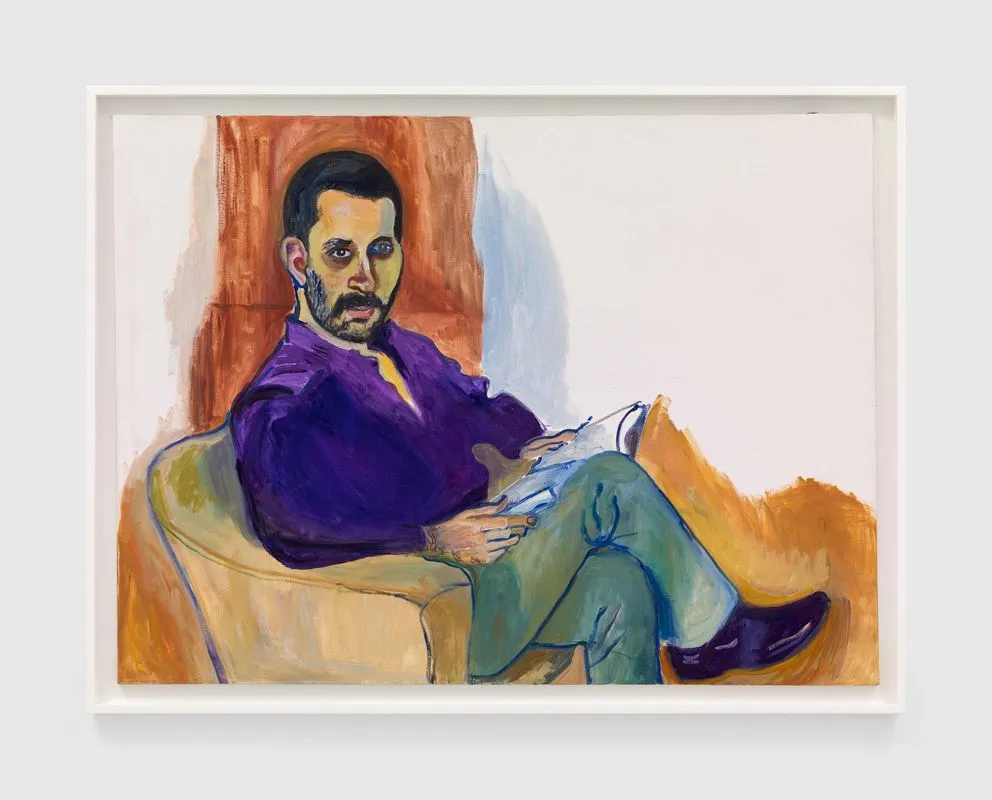
Als's curatorial vision extends beyond the subjects’ queerness, placing them within a broader conversation about difference, struggle, and the complexity of human experience. His framing of Neel’s work resonates in his reflection on her role as a truth-teller. She did not romanticize or sanitize their experiences; instead, she painted them in their full complexity, capturing the contradictions and vulnerabilities that defined them. He writes:
But Neel’s paintings offered something definitive and real, something larger than “identity." She seemed to be saying in canvas after canvas that there was no word or image that could equal those fleeting moments of joy—of connectedness—that bound her not only to her subjects, but to painting itself, that solitary act that she performed in front of other people.
In this exhibition, Als highlights the radical empathy at the heart of Neel’s practice, particularly focusing on the fluidity of identity. Neel’s subjects, like the artist herself, resist easy categorization. Whether it’s the rawness of Allen Ginsberg painted from memory or the playful sensuality of Annie Sprinkle, Neel’s subjects are multifaceted beings navigating their own personal and political landscapes.
The exhibition At Home: Alice Neel in the Queer World will be on view at David Zwirner in Los Angeles until November 2nd, 2024.
